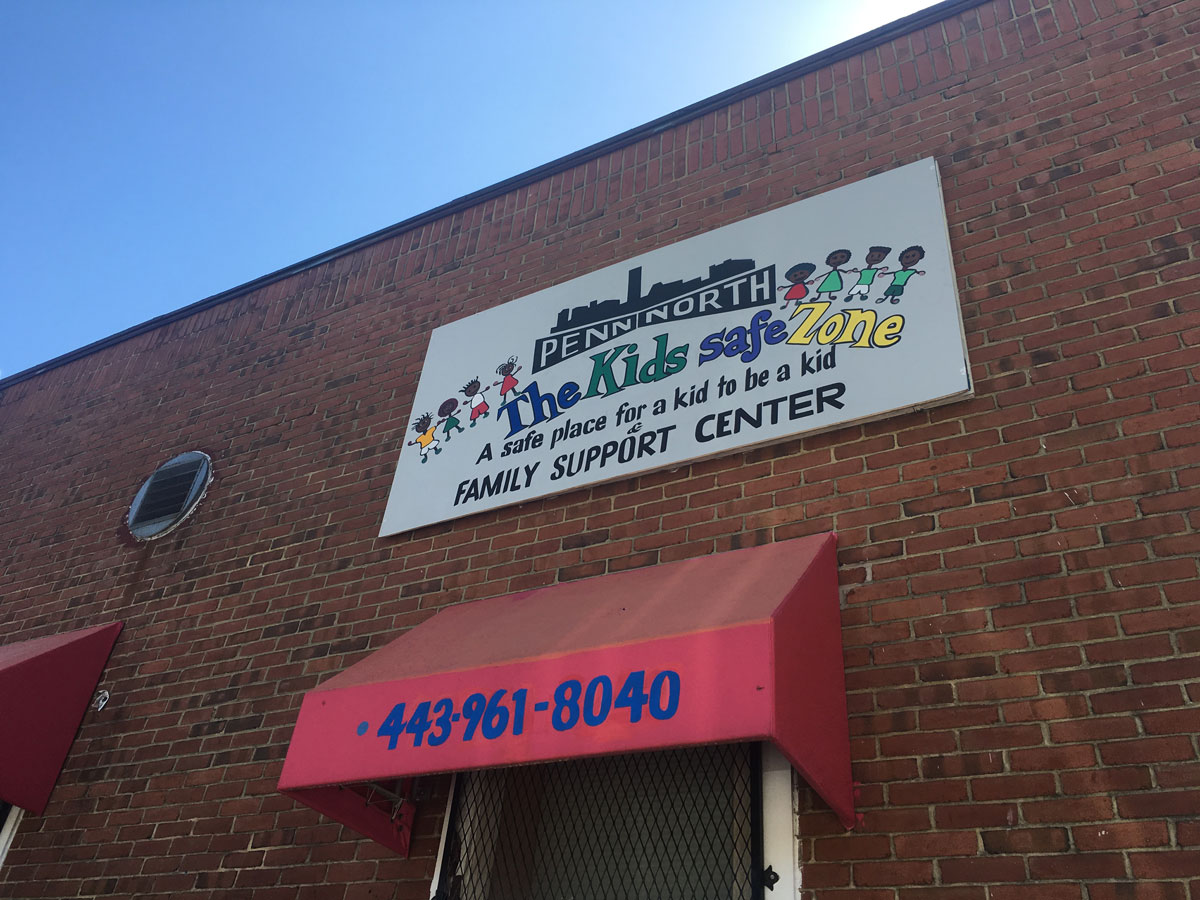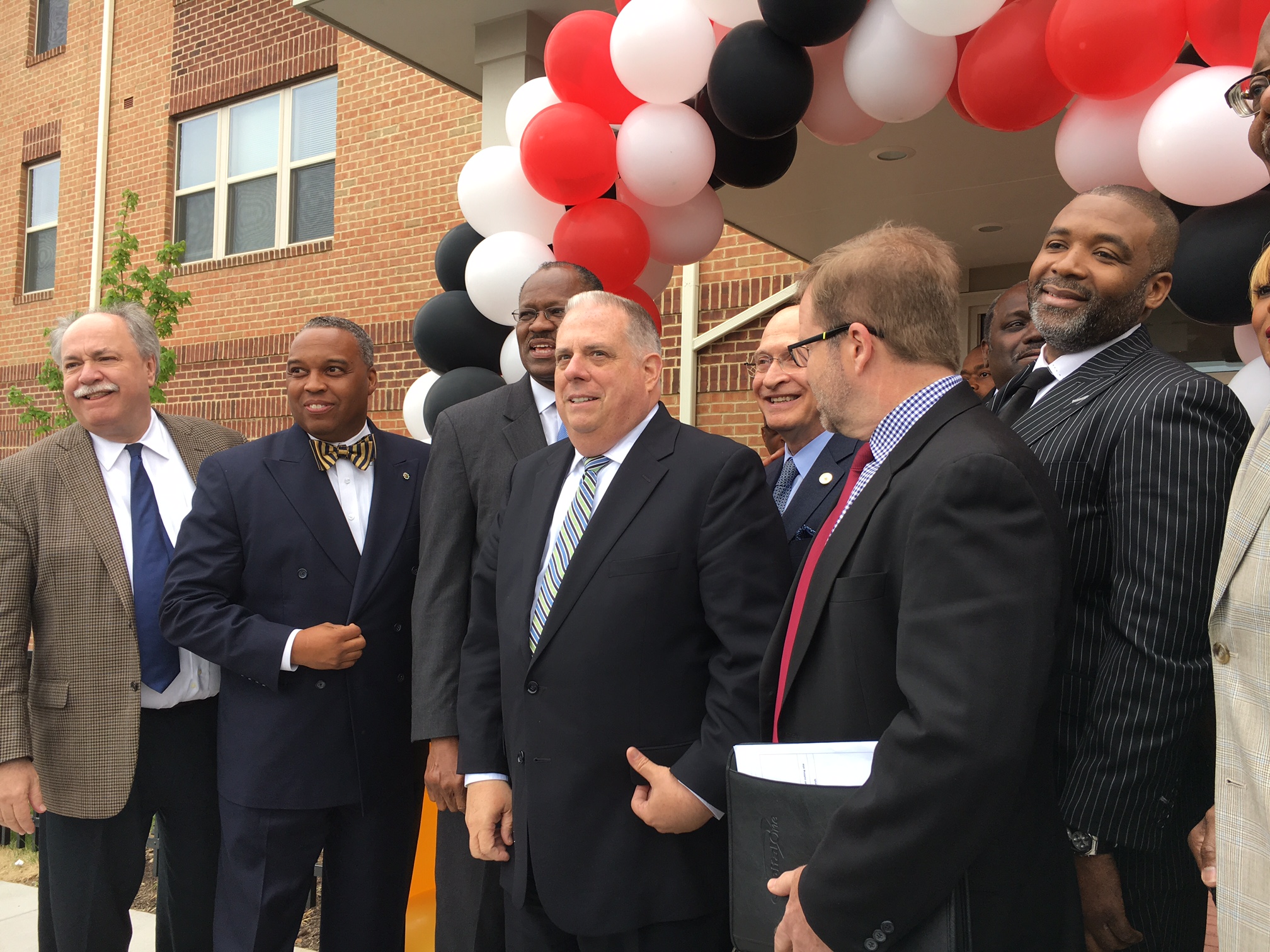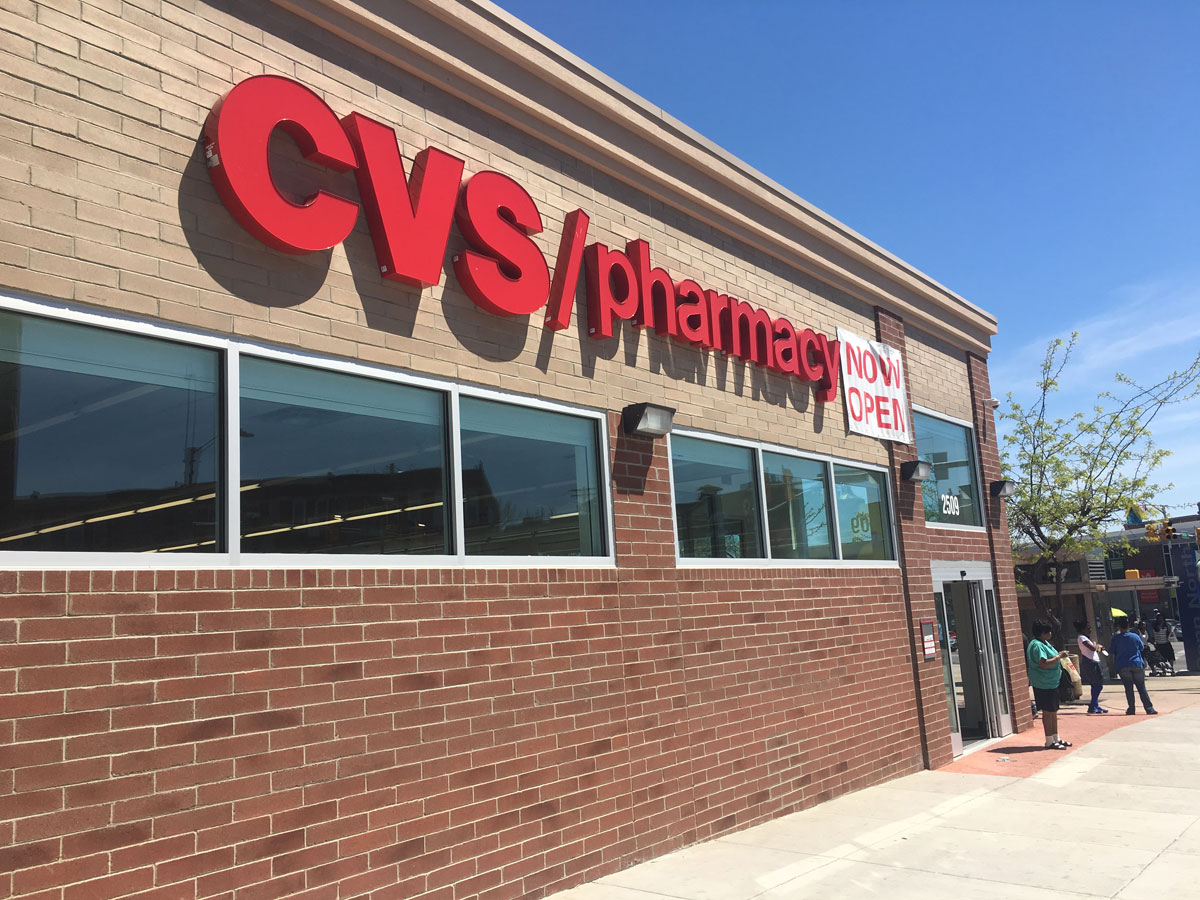
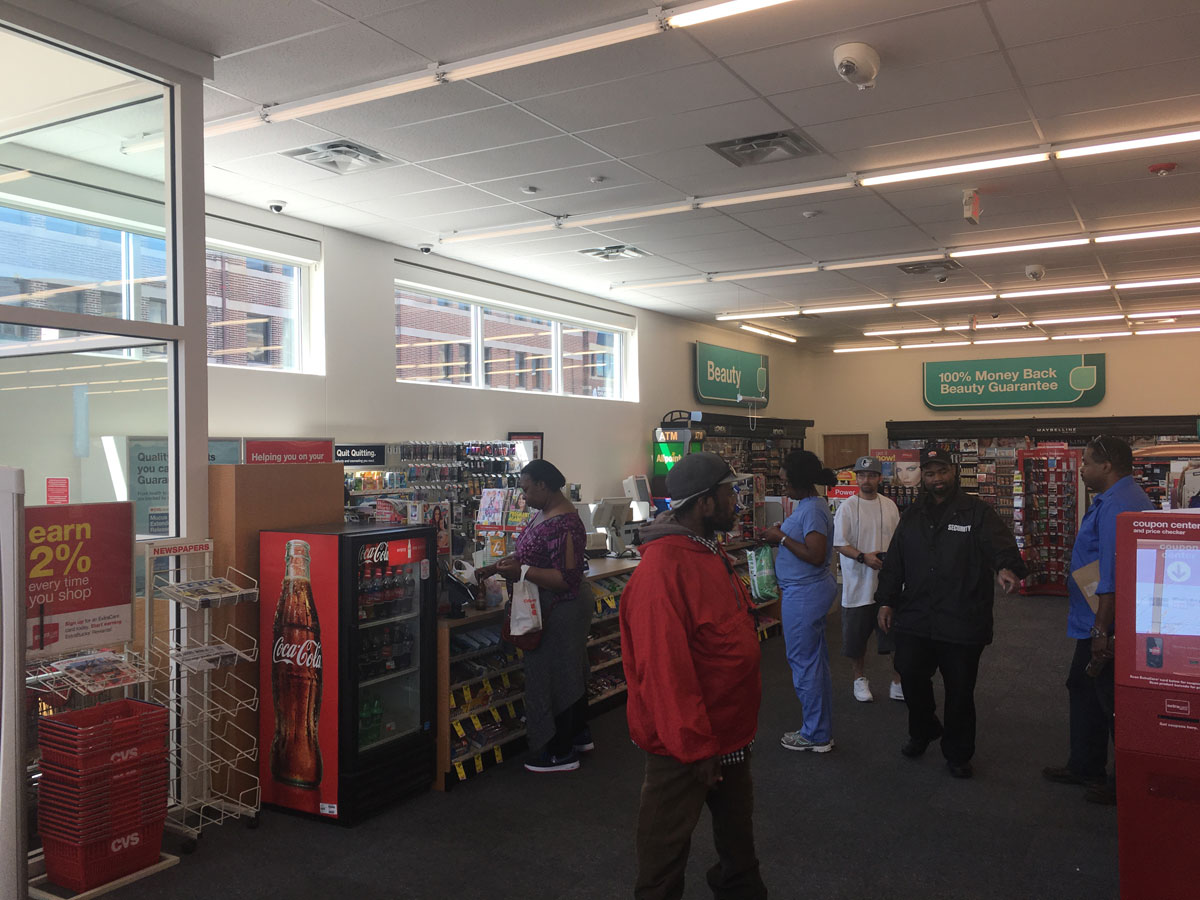
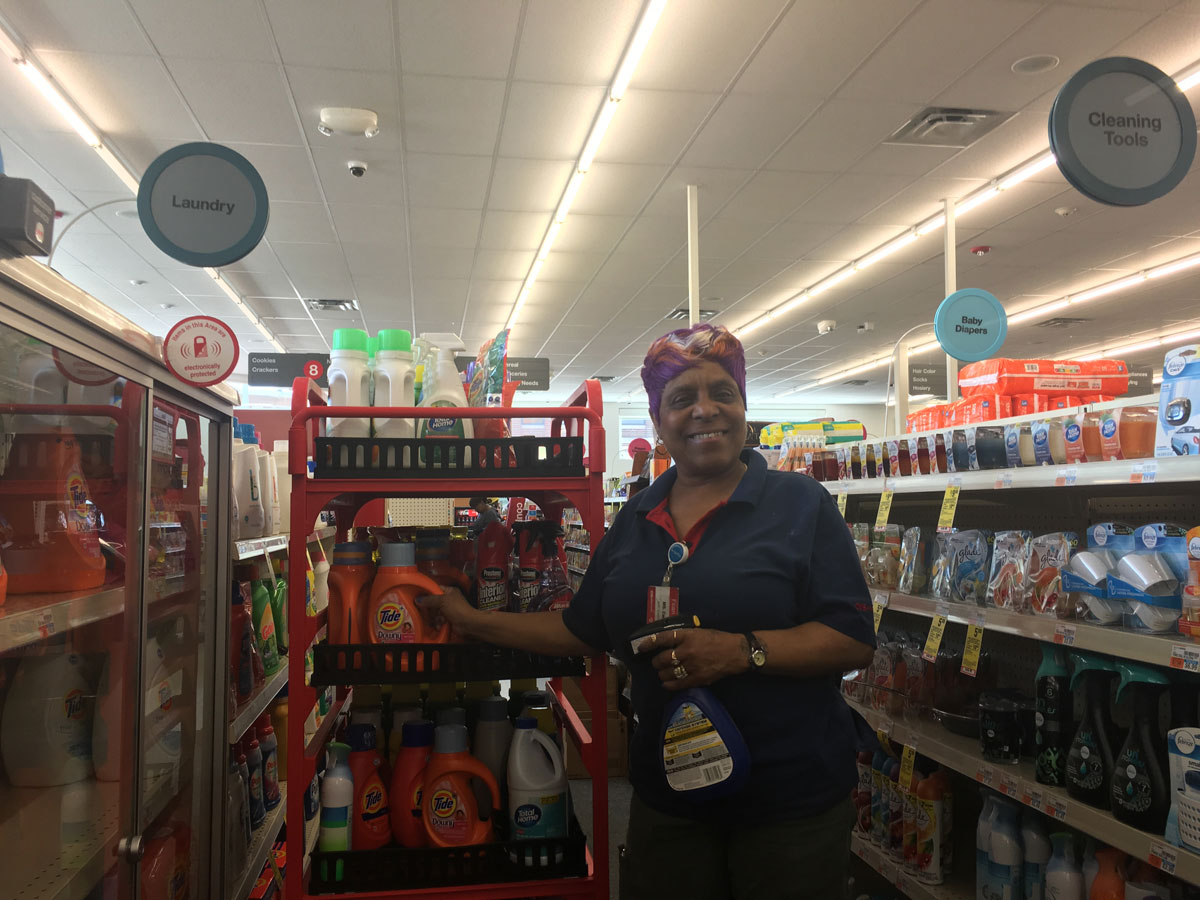
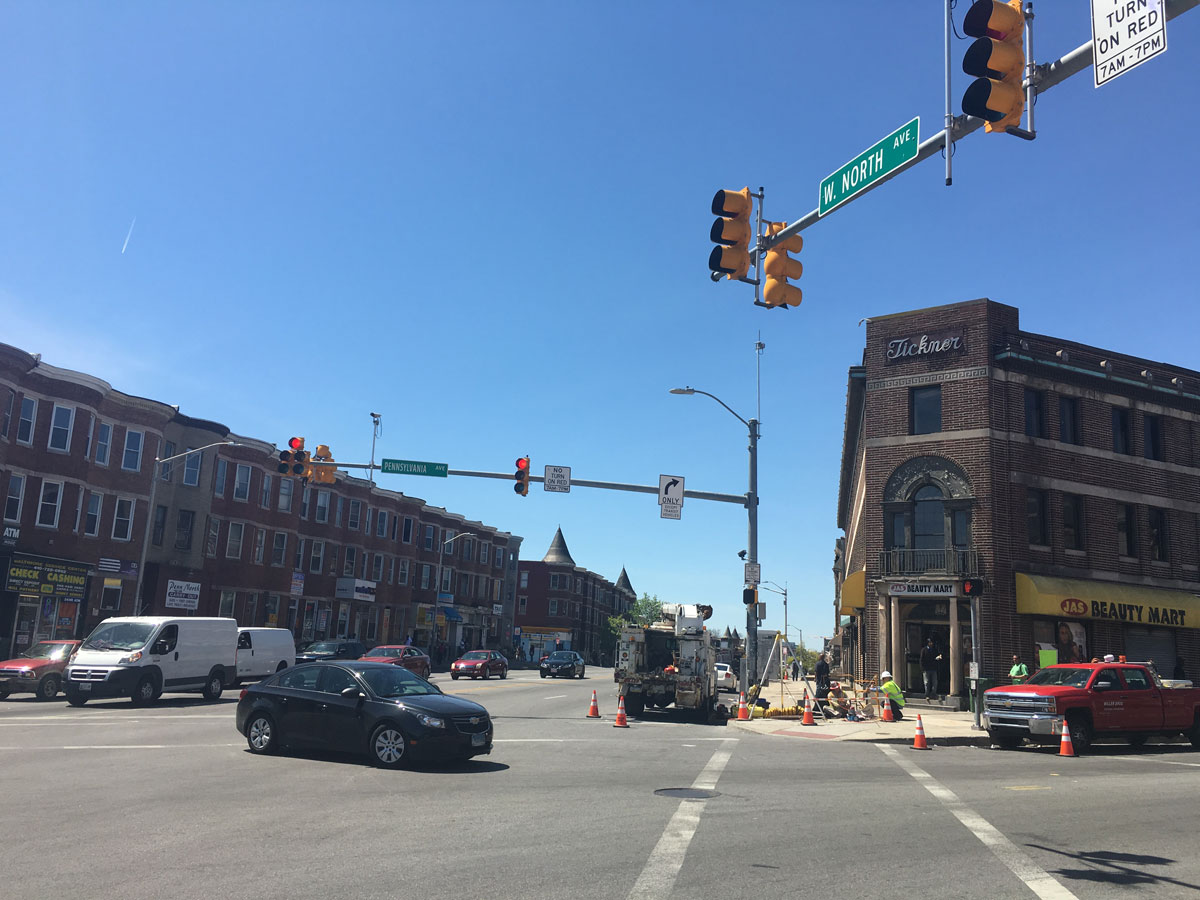
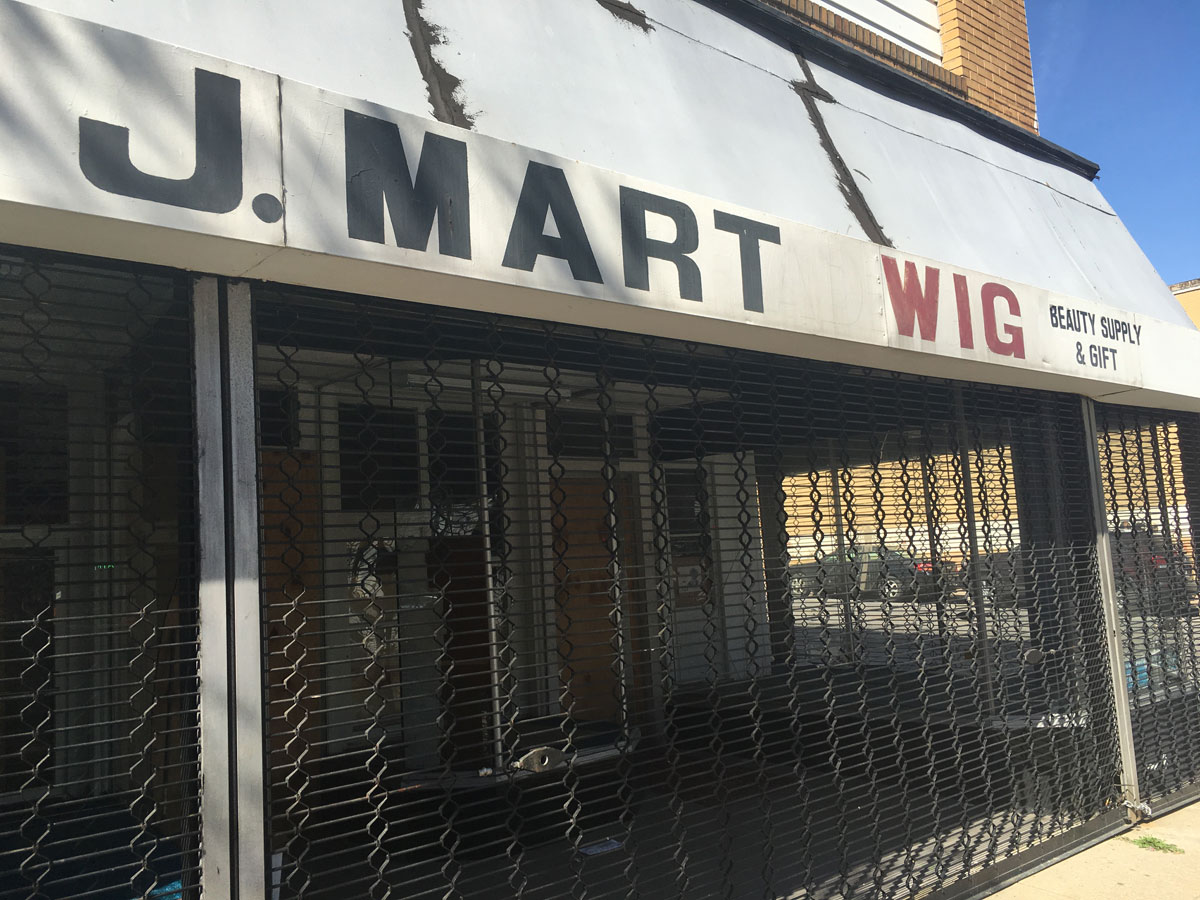
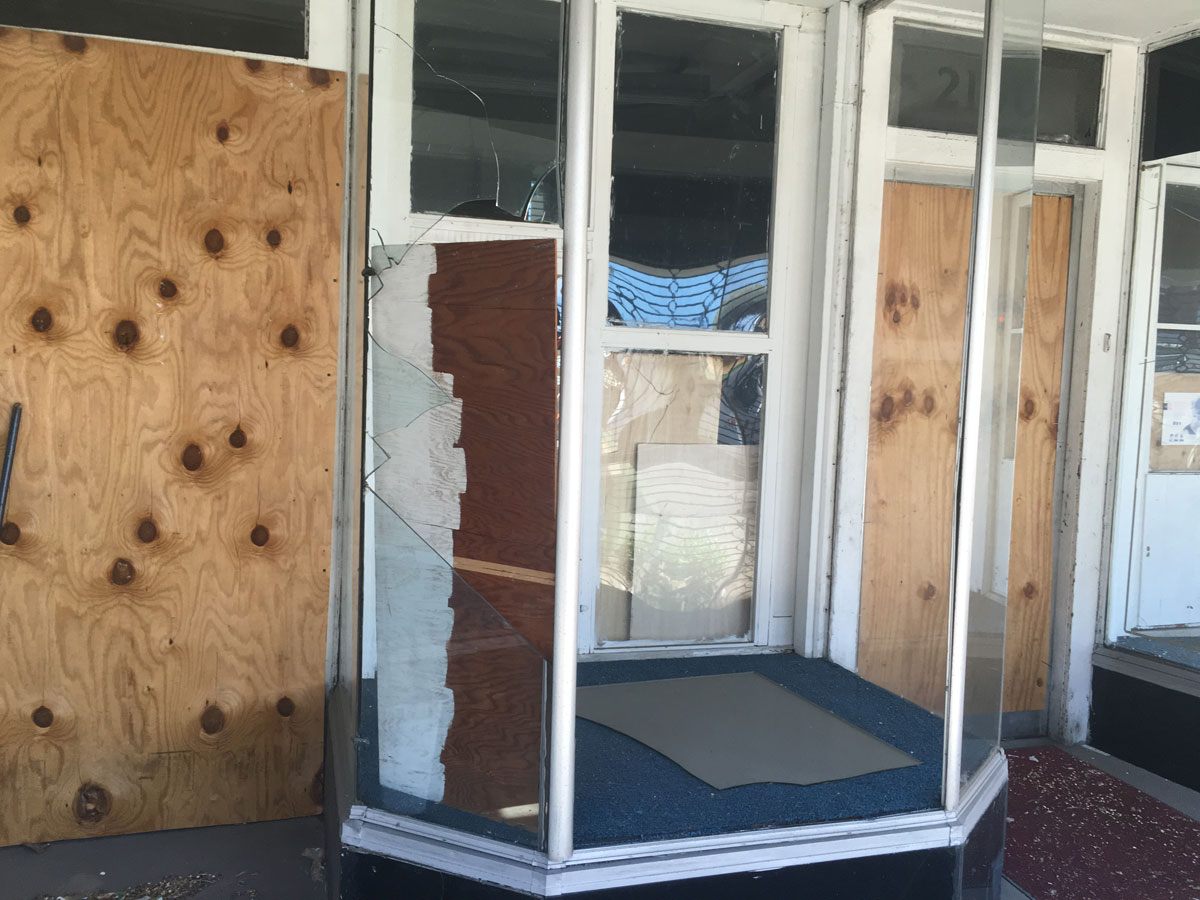
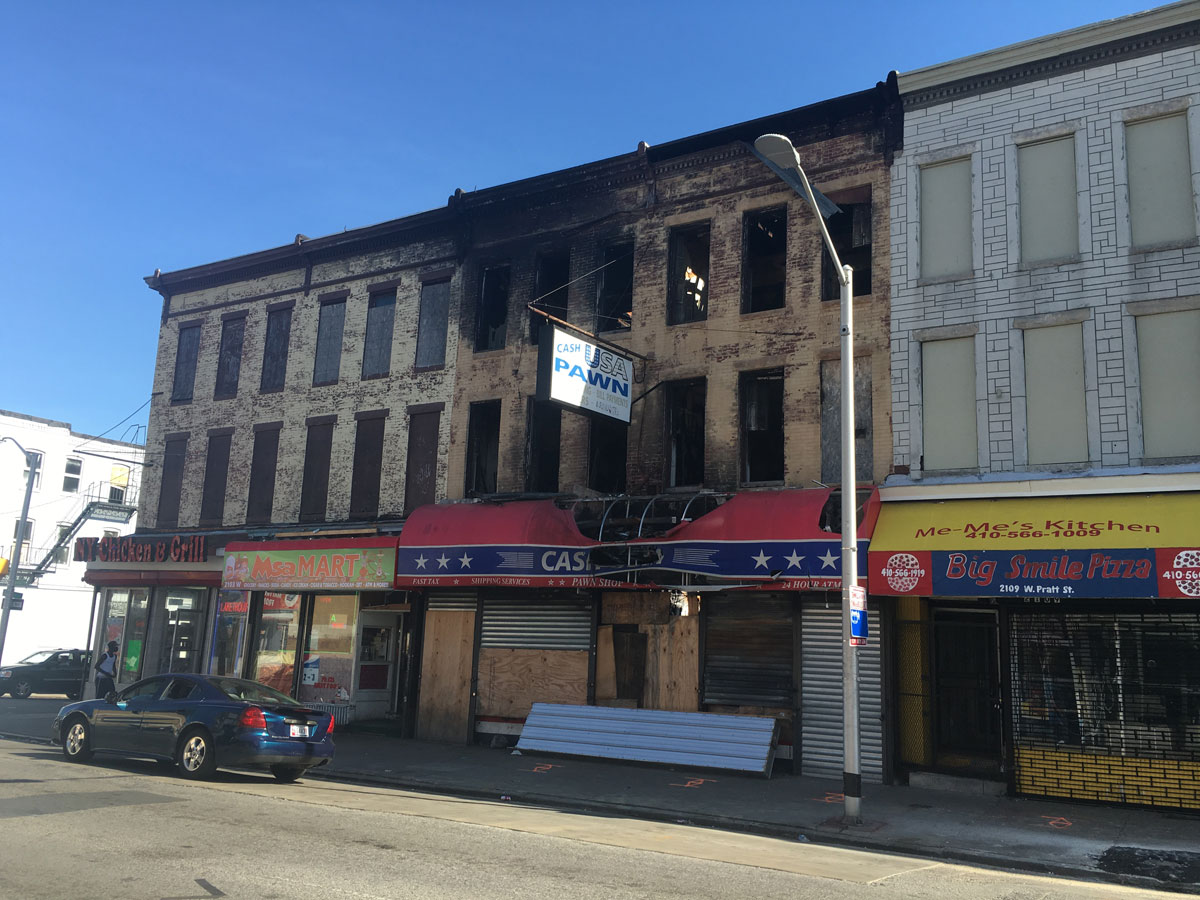
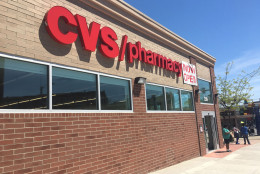
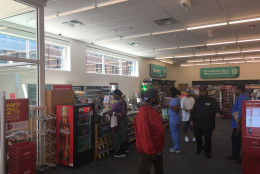
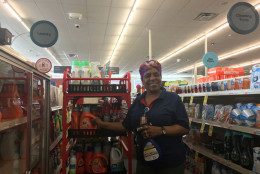
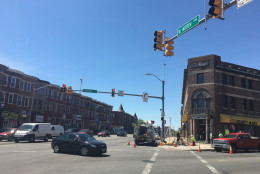
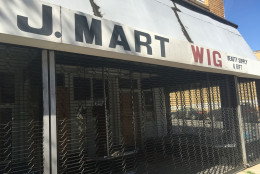
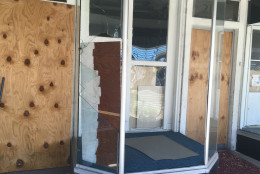
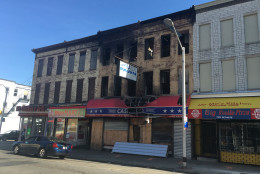
BALTIMORE, Md. — It’s been one year since the death of Freddie Gray in Baltimore led to anger so intense that it turned into violence. Hours after Gray’s funeral, rioting erupted on the warm spring night of April 27, 2015, in the streets of west and east Baltimore.
Rocks were thrown at police; fires were started in buildings, and stores were looted. Law enforcement agencies from all around the state and the Maryland National Guard were required to restore peace.
“This problem was way before Freddie Gray even came, but if it that had to happen for the city to hear our cries, then so be it,” said Danielle Claridy, of west Baltimore.
Clairdy said relationships between people who live in underserved communities and the city had been strained for decades, and the unrest called attention to some of the longstanding problems.
A year later, Claridy says she sees more help coming into the community, but many problems remain, including a lack of adequate housing and services for those struggling financially.
The riots shed light on the fact that 17,000 Baltimore houses are vacant and in disrepair. Gov. Larry Hogan has set aside $94 million to transform some of city’s blighted neighborhoods.
Renee Wilson, of west Baltimore, said over the last year, she has seen an increased effort by police to connect with community.
“Instead of just being in their cars, they are getting out and walking the beat,” Wilson said.
As both Claridy and Wilson call for more help from the city and state, they both agree that a better Baltimore can only come if the people who live in the city are also willing to come together and take a stand against crime.
“Why we can’t just get along … people just want to have problems and beef with people for no reason at all,” Claridy said.
As the officers charged in connection with Gray’s death go to trial, Claridy says she isn’t concerned about a repeat of what happened in the streets of Baltimore last year. She believes many residents who were involved in the unrest realized hours later that they shouldn’t have let their anger get the best of them.
“They woke up the next morning and realized how stupid they was when they couldn’t go to the corner store in the morning,” Claridy said.
Businesses rise from the ashes
As parts of the city slipped into chaos, the eyes of the world were on Charm City, and much of the attention focused on one intersection — West North and Pennsylvania avenues, where a CVS Pharmacy was burned to the ground. The store became a symbol of riots, with camera lenses focusing on the charred red letters of the pharmacy’s sign and the mangled blackened metal inside, the remains of shelves that had been fully stocked with foods and goods less than a day before.
The morning after the violence, Carol Henry, who had worked at the store for 16 years, assessed the damage in disbelief.
“We put a lot in here and tried to help the neighborhood and this is the thanks we get,” Henry told WTOP last year.
Fast forward to April 2016. As sliding glass doors open, Henry welcomes customers to the newly rebuilt CVS.
“When it happened I was devastated, but now that we’re back open, everything is a joy and a pleasure,” Henry said.
After the riots, the company kept Henry on, but she and the store’s other employees were assigned to various locations for nine months as their store was rebuilt.
“Wherever we was working at, we still thought about the community where we came from and the people that we were serving,” Henry said.
Henry said she was inspired by the many customers who came out to help clean up the damaged store after the riots. During the reconstruction, Henry said, she remained in contact with the customers of the store and watched the building rise from the ashes, brick by brick.
When asked about those who damaged the store, Henry said they are out of the picture now.
“They made a lot of people angry that they were to come into their community and tear it up like they did,” Henry said.
Henry, like Wilson and Claridy, said she doesn’t fear a repeat of what happened last year.
“I’m not looking back; I’m looking forward to a better future,” Henry said.
The doors remain closed at some small businesses
But the owners of many small Baltimore businesses caught in the chaos didn’t have insurance, or the money to start again.
Jung and Sung Chung opened a store on Pratt Street in west Baltimore 20 years ago. After the riots, the family, who emigrated from South Korea, found their store, J. Mart Wig, in shambles.
Every glass window was shattered. Display cases were destroyed; thousands of dollars in merchandise was gone.
“Despite all the help, we really can’t reopen,” said the couple’s son Tae Chung.
For the Chung family, the pain from that night a year ago remains.
“It’s one thing to break into the store and take the merchandise — fine. But do you have to destroy the place?,” Chung said.
The store is about 10 minutes from the CVS. Across the street is a pawnshop which was set ablaze and also remains closed. The soot-covered walls and busted-out windows at Cash USA Pawn serve as a reminder of what took place.
Chung said the family is slowly recovering, but his father and mother remain emotionally traumatized by what happened.
Chung thanked the many strangers who donated to a GoFundMe page set up for the family, but he says the cost to repair the business and replace the merchandise in the store was insurmountable, since the family didn’t have insurance.
The family has entertained selling the location, but Chung said the stigma of the events of last year have taken a toll on property values.
“People are expecting us to hand over everything for practically nothing,” Chung said.
Looking down Pratt Street, Chung said the neighborhood has changed drastically over the last 20 years. When the store began, he said all the homes and businesses in the area were open, and the streets were full of people coming to and from work.
Now, it’s a high-crime area, with many vacant homes and businesses.
Chung said the city needs to do more to help businesses affected by last year’s riots.
“They offered us $5,000 to fix the outside of the store … that is not going to even cover the broken glass,” Chung said.
Chung calls for city leaders to walk the streets and talk to business owners.
In the meantime, Chung says, the family is still trying to figure out what comes next as they continue to pay taxes for, and maintain the sidewalks outside, a store which remains shuttered.


